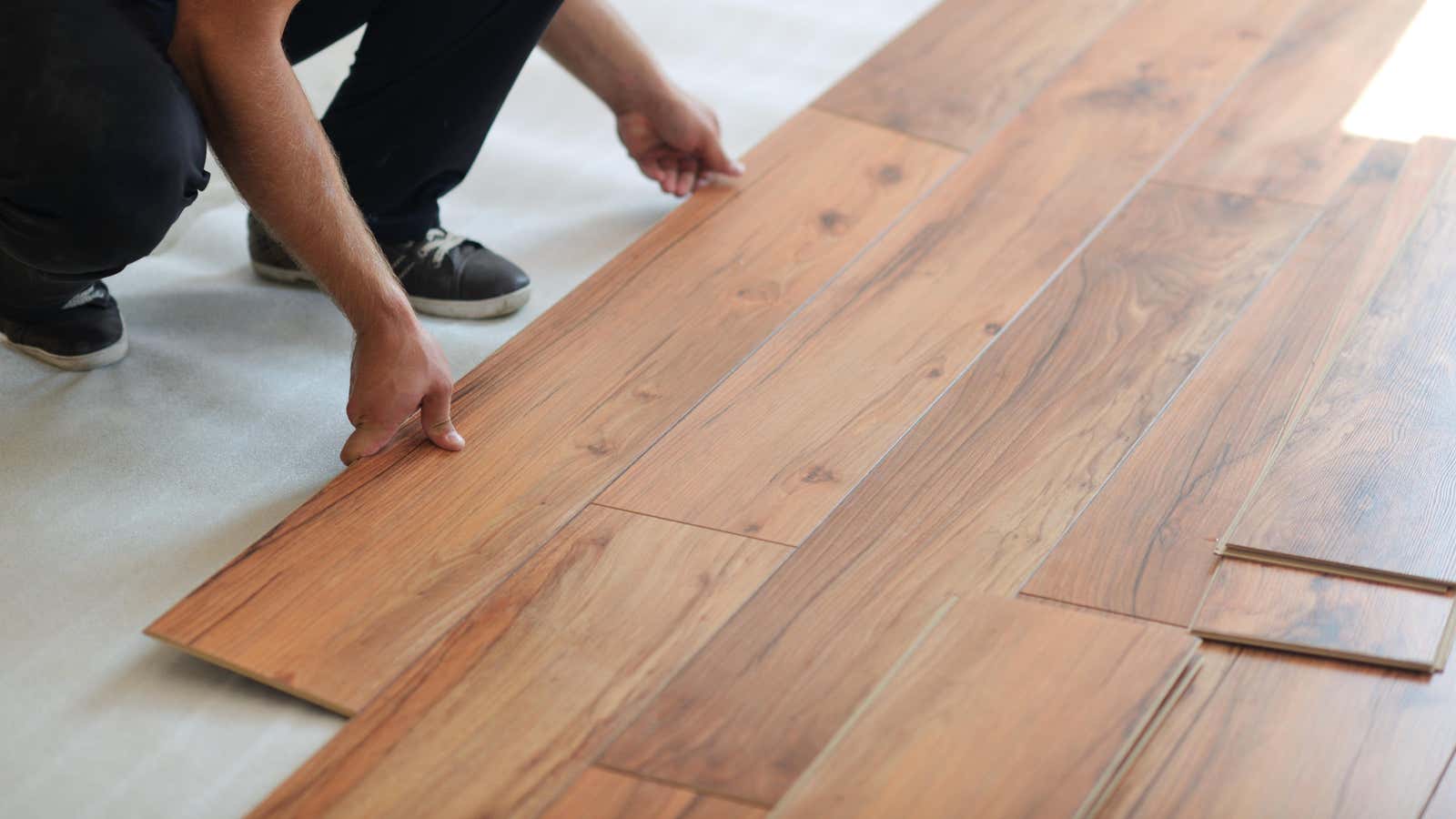Your Next Home Renovation Should Include Magnetic Floors

Magnetic floors are gaining popularity as flooring due to their ease of installation and low volatile organic compound (VOC) content. And its glue-free attachment system makes it easy enough for a beginner.
What is a magnetic field?
Magnetic floors consist of two layers: a magnetic substrate that runs between the subfloor and the floor covering, and a floor material containing metal powder (iron based). Because the underlay uses magnets to attach the floor tiles, no glue or glue is required. While magnets have been known to damage some electronics, this type of magnet is not strong enough to cause any harm unless you are working with precision scientific instruments.
Tools and materials required for installation
To install a magnetic floor, you will need a floor covering and underlay , seam tape , straightedge, tape measure, and a utility knife. For some types of tiles, such as ceramic or wood, you will also need a saw that can cut through the type of flooring you are using, and a square to mark your cuts.
Substrate installation
Start laying the floor, making sure that there is no debris or dirt on the subfloor. Because the underlay needs to be as flat as possible to ensure good contact with the tile, minimizing unevenness underneath will make assembly easier. Then turn the magnetic backing in one direction. This is where a straight edge comes in handy: cut the underlay along the edges of the floor and around the molding with a utility knife, using the straight edge as a guide; then use seam tape to seal all seams between backing pieces. This is important to create a moisture barrier as well as to prevent the underlayment from shifting during the laying of the floor.
Laying your new flooring
After that, you will only have to lay the floor covering on top of the substrate. For carpets and vinyl tiles, you can trim walls and moldings with a utility blade; for other types of flooring, you will need a tile saw or jigsaw . The hardest part will be starting with a straight line to get a good fit. Select a wall and start laying the flooring horizontally to it from one corner to get a solid base to continue the pattern. Work through the pattern until you reach the opposite wall, then go back to make your own cutouts around the walls and moldings. (The advantage of the magnetic attachment method is that you don’t have tongue and groove or snap-in edges, so you can just place custom cutouts in holes where they fit.)
Pros and cons of a magnetic floor
The trade-off with simple, safe magnetic floors is that they tend to be more expensive than other types of floors. However, the underlay will last for more than one application, so it also reduces waste (both time and money) when you want to change your floor again. So if you want a simple, fast and durable type of flooring and have the money to pay for it, magnetic floors are a great option.